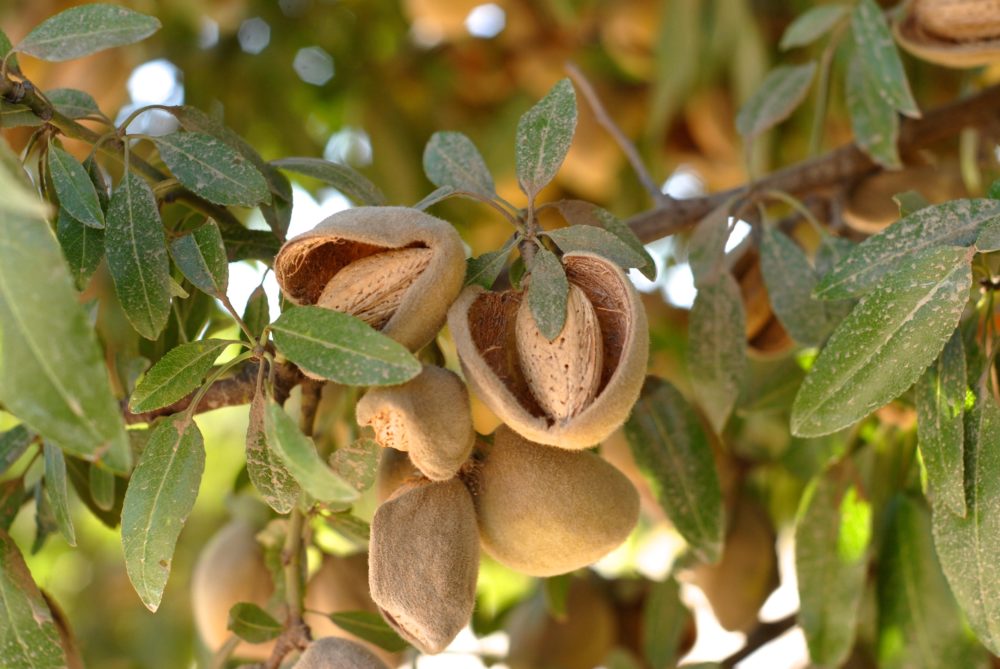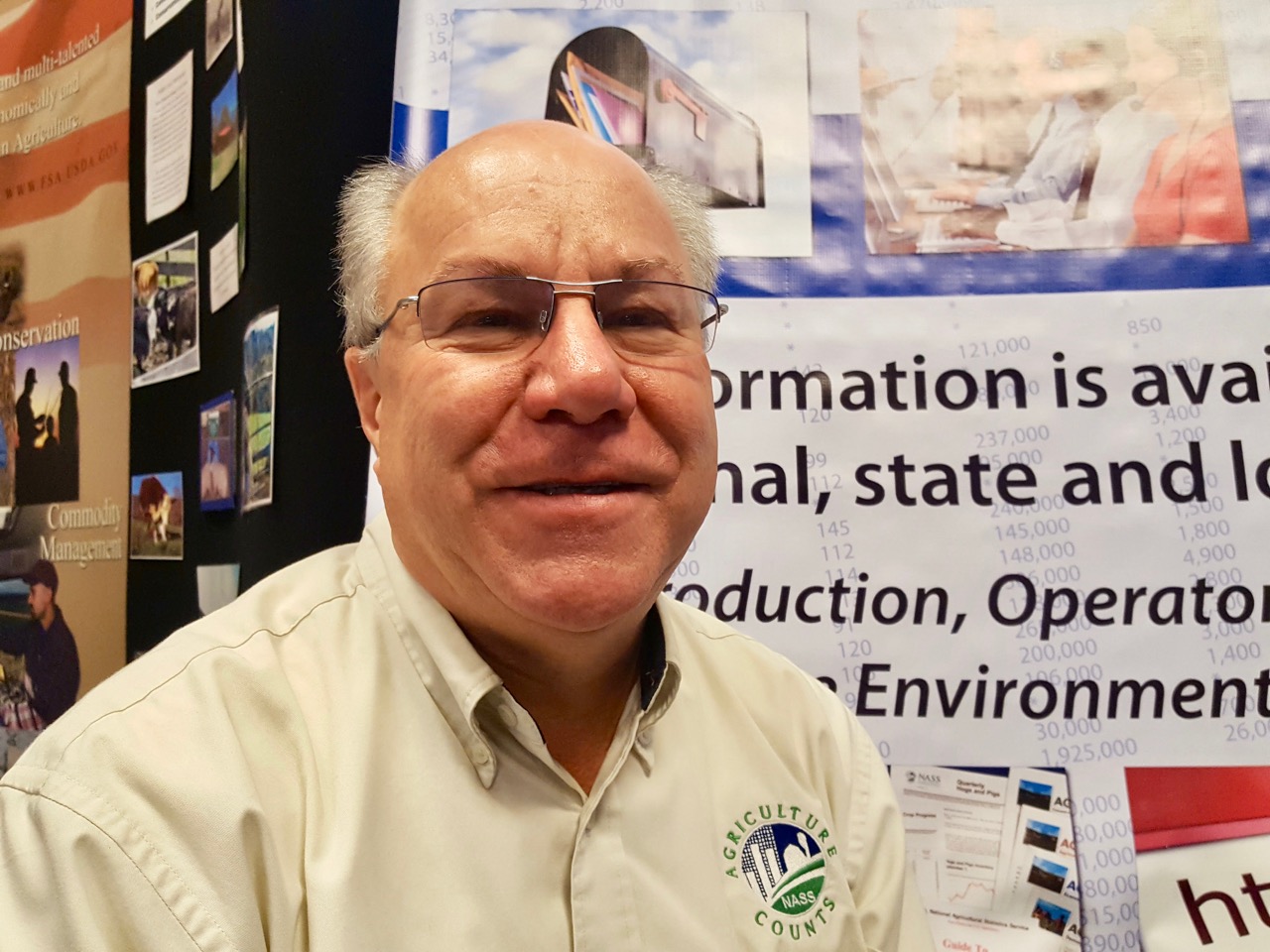NASS Predicts Another Record-Breaking Almond Crop
2019 Crop Predicted to be 2.50 Billion Pounds
News Release
For the second year in a row, the U.S. Department of Agriculture (USDA) National Agricultural Statistics Service (NASS) is predicting a record California almond crop for the upcoming production year. According to the NASS 2019 California Almond Subjective Forecast issued recently, California almond orchards are expected to produce 2.50 billion pounds of nuts this year, up 8.69% from last year’s 2.30 billion-pound crop. (1)
This forecast comes just weeks after NASS released the 2018 California Almond Acreage Report, which estimated total almond acres for 2018 were up 2% from 2017 at 1.39 million acres. Bearing acres—orchards mature enough to produce a crop—were reported at 1.09 million acres, up 6% from the previous year. Looking ahead, NASS reported preliminary bearing acreage for 2019 at 1.17 million acres, up 7.3% from 2018. (2)
The first of two reports for the upcoming crop, the Subjective Forecast is based on opinions obtained from randomly selected almond growers located throughout the state via a phone survey conducted in April and May. NASS asked growers to indicate their total almond yield per acre from last year and expected yield for the current year based on field observations. The sample of growers interviewed is grouped by size of operation, and different individuals are interviewed each year, allowing all growers to be represented. NASS then combines the yield estimates obtained from each grower and extrapolates the information to arrive at the numbers reported in the Subjective Forecast.
While the Subjective Forecast provides early estimates of the upcoming crop after it is set, NASS’s 2019 California Almond Objective Report will provide a more precise estimate as it uses a more statistically rigorous methodology to determine yield. The report’s data is based on actual almond counts and measurements gathered from over 850 orchards throughout the state and includes the weight, size, and grade of the average almond sample broken down by both growing district and variety.
The California Almond Objective Report will be released on July 3 at 11:50 a.m. PDT. NASS conducts the Objective Report—the Subjective Forecast and the Acreage Report—in order to provide the California almond industry with the data needed to make informed business decisions.
1 USDA-NASS. 2019 California Almond Subjective Forecast. May 2019.
2 USDA-NASS. 2018 California Almond Acreage Report. April 2019.


















